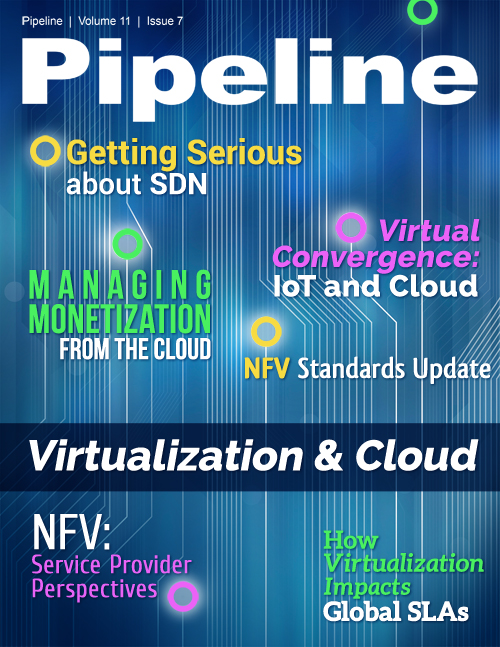Virtual Convergence: The Internet of Things and the Cloud
Rob Soderbery, SVP of Enterprise Products and Solutions for Cisco, recently commented on Cisco’s activity. "Cisco is working on a number of fronts to turn IoT's many, many possibilities into reality. The challenge for those interested in IoT is to combine their deep knowledge of their business with technical innovation. First, they need to understand their value chain and where IoT can add value. Second, they need to assess and prioritize those opportunities. Then they can effectively leverage technology platforms to achieve the business advantages they want."
AT&T
AT&T offers a global SIM, global MPLS network services, and has been a highly-active player in the machine to machine (M2M) market, so it makes sense that the company would be well-positioned and active in the IoT. AT&T markets its IoT solutions as M2X services. AT&T’s M2X is a cloud-based, fully-managed time-series data storage service for network connected machine-to-machine (M2M) devices and the Internet of Things (IoT). From trucks and turbines to vending machines and freight containers, M2X enables the devices that power your business to connect and share valuable data, says AT&T.
With its deep network and M2M assets, AT&T can offer a truly carrier-grade IoT solution to its customers, as well a enable rapid solution development, data collection and analysis, and elastic scalability.
Microsoft
Microsoft is leveraging its cloud strengths in Azure to gain traction in IoT. Microsoft brings its cloud-first data platform and its legacy of experience in enterprise to Azure Intelligent Systems Service. This service, says Microsoft, helps enterprises securely connect, manage and capture machine-generated data from industry devices, sensors and other line-of-business (LoB) assets across a range of OS platforms. Its also adding business intelligence (BI) muscle to the mix to enable customers to make the right decisions with regard to IoT strategy.
“With the new Power BI connector for SQL Server Analysis Services, customers can realize the benefits of a cloud-based BI solution without having to move their data to the cloud,” writes the Microsoft Power BI team on its blog. “Customers can now create a secure connection to an “on-premises” SQL Server Analysis Services server from Power BI in the cloud. When users view and explore dashboards and reports, Power BI will query the on-premise model using the user’s credentials.”





















